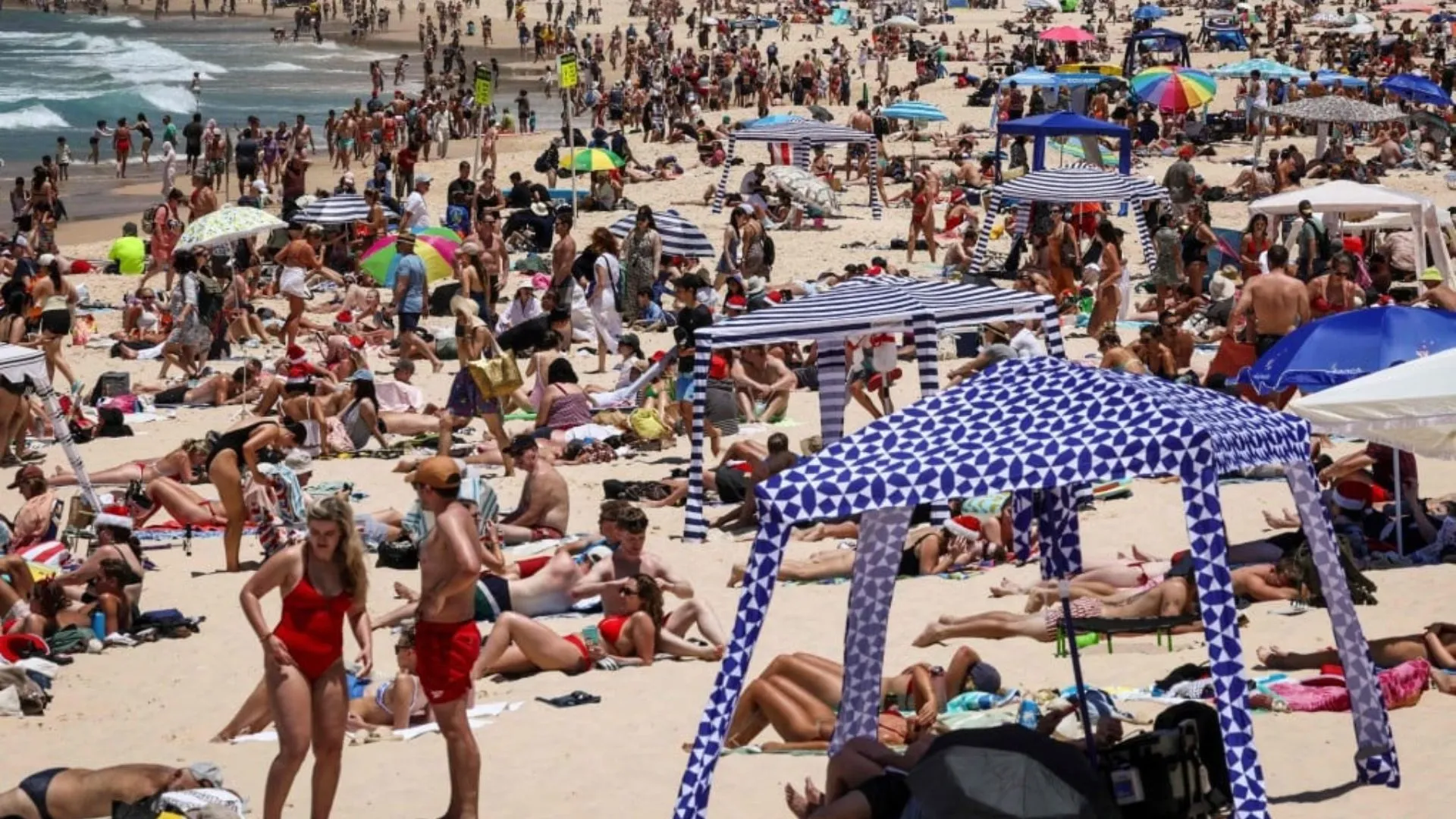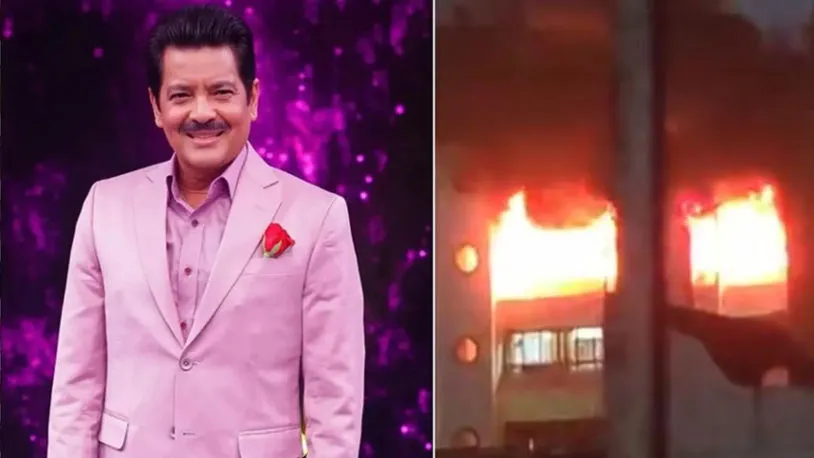Emphasizing the need for enabling upfront near price-parity for Electric Vehicles vis a vis ICE vehicle, to help increase the adoption of EVs over the next few years, FICCI has submitted its proposal to Ministry of Heavy Industries, Govt of India for continuation of FAME scheme for next 5 years, with a review at the end of 3 years. The time period for the current FAME II scheme is till March 2024.
Sudden withdrawal or discontinuation of upfront price incentives will lead to up to 25% price increase of EVs and this may derail EV adoption momentum substantially, also impacting further investments in EV sector, and disrupting gains made so far, noted FICCI. Purchase incentives on EV Vehicles are being continued in markets like Canada, US, Korea, etc. to achieve their electrification ambitions and India cannot be left behind and miss the EV bus.
EV penetration in India is only 5% currently. It is imperative to continue FAME scheme to achieve critical mass towards reaching overall 30% EV penetration targets by 2030, stated by Government of India and to also help meet ‘Panchamrit’ / Net Zero climate action goals of India.
Based on the input received from its wide base of members comprising of various stakeholders from the EV sector, FICCI EV Committee has estimated that if demand incentives as suggested are provided for the next five years, it could support adoption of 30.5 million electric vehicles across segments in next 5 years and help achieve the target of 30% electrification of India’s transport sector.
Encouraged by FAME policy and growth in demand, several companies have invested to create new EV models and also components for EVs. FAME has emphasized Make in India with its stringent localization norms. Sudden discontinuation of FAME could lead to not only reversal in demand growth but also in investments in EV sector, and to Make in India. Success of the PLI scheme introduced by GoI also depends on continued demand for EVs. FICCI said that over the next 3-5 years, as the prices for battery reduce further, and also prices of EV components reduce due to scale effect, demand incentives can be tapered down and eventually discontinued.
Key features of FICCI’s recommendations are:
1 Subsidy support, in the form of upfront incentive in form of price reduction to EV customers, should ideally continue till EV penetration crosses a threshold value in each segment, and to allow critical mass to be achieved towards India’s stated goal of minimum 30% as a whole, to bring benefits of this technology to the masses.
2 There can be a mid-scheme review at the end of 3 years, to assess the penetration achieved and calibrate the scheme or slabs of incentives.
3 Technology:
FAME 3 to continue with all xEV (SHEV, PHEV passenger cars) technologies as in FAME 2
Upcoming green technologies which significantly aids carbon reduction i.e. hydrogen, fuel cells, may also be considered for certain incentives, post discussion with stakeholders.
4 Vehicle segments: In addition to supporting demand creation for the priority segments of public transport (eBus, E3W, etaxi) and E2W, FAME-III may also include segments like MHCV (trucks); personal segment for e4Ws and private buses.
5. Incentive calculation based on battery size may continue (per Kwh) as per FAME II.
6. Localization: Manufacturing clauses under the Phased Manufacturing Program (PMP) can be continued, Continuation of other FAME II quality parameters.
7. Maximum vehicle price eligibility criteria and Incentive cap as maximum percentage of vehicle price to continue towards supporting Affordable EVs.
Ms Sulajja Firodia Motwani, Chair of the FICCI EV committee said, “Favorable policies and especially the FAME-II scheme of Government of India has played a key role in spurring demand by helping to reduce the upfront prices of EVs. This has helped to create a positive momentum and is encouraging the EV adoption in the country.”
“However, while we have well begun, we are nowhere close to being half done. Let us not forget that the current price premium of EV vis-à-vis ICE without any subsidy is still substantial ranging from 40% to as high as 130% for various segments. Given this reality, continuation of demand incentive or subsidy is imperative and critical to help reduce this price gap. Fame III is required to spur continued interest from customers in EVs and increase penetration over the next few years. We are hopeful of continued support from GoI to electric vehicles, which will contribute greatly to reducing pollution in our country and towards fuel security. The future of automotive technology is Electric and as India moves rapidly towards becoming a global super-power, its leadership in automotive sector will only be possible through its dominance in EVs as a leading consumer and global provider of EV technology,” added Ms Motwani.
FICCI has submitted to the Government its proposal for FAME III scheme to ensure continuity of the EV growth roadmap and achievement of the targets as envisioned by the Government for the sector. These suggestions have been submitted to the Ministry of Heavy Industries, NITI Aayog and other relevant authorities in the Government.
The FICCI EV Committee associated with YES BANK as the knowledge partner crafted a detailed proposal which was submitted to the government, that includes the strategies employed by other countries to promote electric mobility, lessons learnt from FAME I and II,thereby deriving FAME III scheme with timeframe, eligibility criteria and outlay calculation in detail.

















